
The Science Behind Keeping Prepped Greens Fresh Longer
17 min read Discover the science that helps keep prepped greens fresh, crisp, and nutritious for longer periods. (0 Reviews)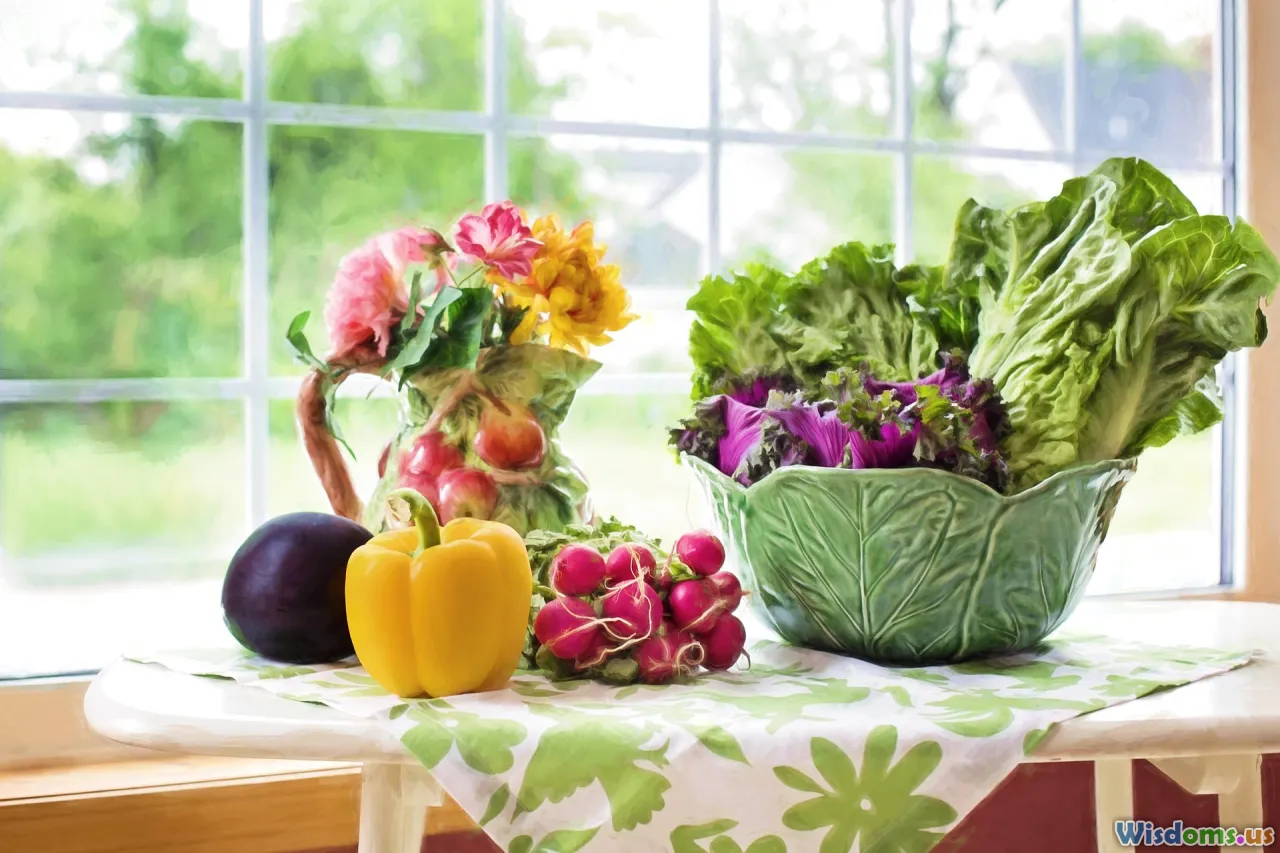
The Science Behind Keeping Prepped Greens Fresh Longer
When the urge for a crisp salad or a zesty wrap strikes, nothing can dull your culinary creativity like opening your fridge to the sad sight of wilted, slimy greens. The challenge of maintaining salad leaves at their freshest after prep is universal, yet the solution is rooted in science. Understanding why greens degrade, and applying that knowledge with practical, evidence-based strategies, can help keep your next garden harvest—or store-bought bundle—vivid, crunchy, and nutrient-rich for days or even weeks.
The Lifecycle of Leafy Greens After Harvest
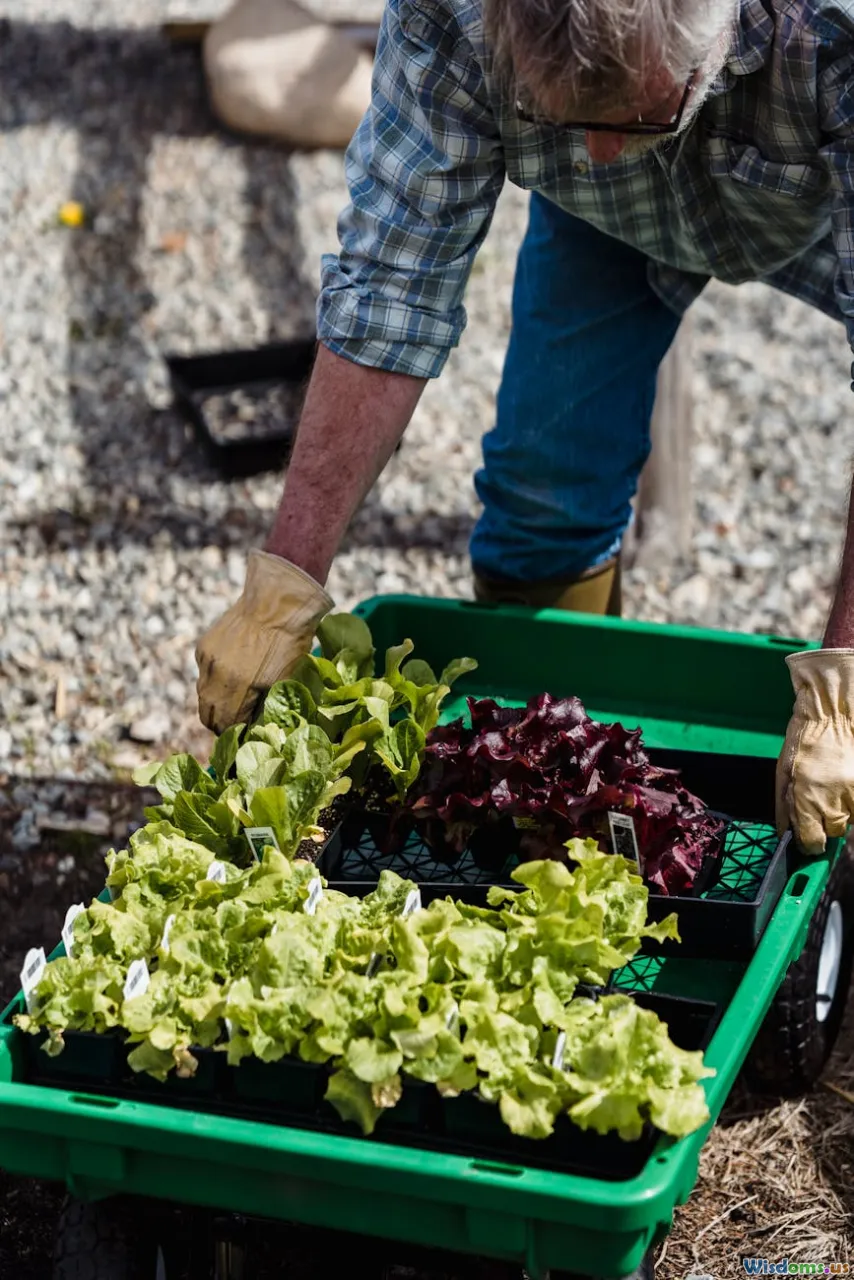
From the moment leafy greens are picked, a quiet metabolic battle begins. Like all living tissues, greens undergo a process called respiration: they continue converting stored sugars and oxygen into carbon dioxide, water, and energy. This cellular process keeps the leaves alive but comes at a cost—the breakdown of those sweet reserves means nutritional and textural decline. Respiring greens lose water, wilt, and begin to break down, making them vulnerable to pathogens and rot.
Researchers at the University of California, Davis, a leading hub for postharvest technology, have shown that lettuce, for example, can lose over 40% of its vitamin C content in just a week at room temperature. Even in the fridge, improper storage can lead to nutrient loss up to 20% within days. This highlights why the method of storing greens is just as significant as their freshness at purchase or harvest.
Why Moisture Management Is Critical

Most home cooks are surprised to learn that both excess moisture and dryness are enemies. Moisture promotes bacterial growth and decomposition, causing greens to rot. Conversely, air that's too dry results in water loss from the leaves, leaving them limp and brittle.
A 2015 report from the Journal of Food Science found that the ideal storage state for greens was high humidity without water contact on the leaves. Commercial producers exploit this principle with modified atmosphere packaging (MAP), blending humidity control and selective permeability to reduce spoilage dramatically—sometimes extending shelf life up to twice as long as conventional methods.
At home, mimic these principles by washing your greens thoroughly, spinning them dry, and then storing them loosely with a breathable moisture barrier. A simple method involves lining a storage container with paper towels or a clean cotton cloth to absorb condensation, or using a specially designed produce keeper. The modest initial effort can make the difference between a lush handful of spinach and a compost-bound, slimy tangle.
The Real Impact of Oxygen: Unlocking Modified Atmospheres
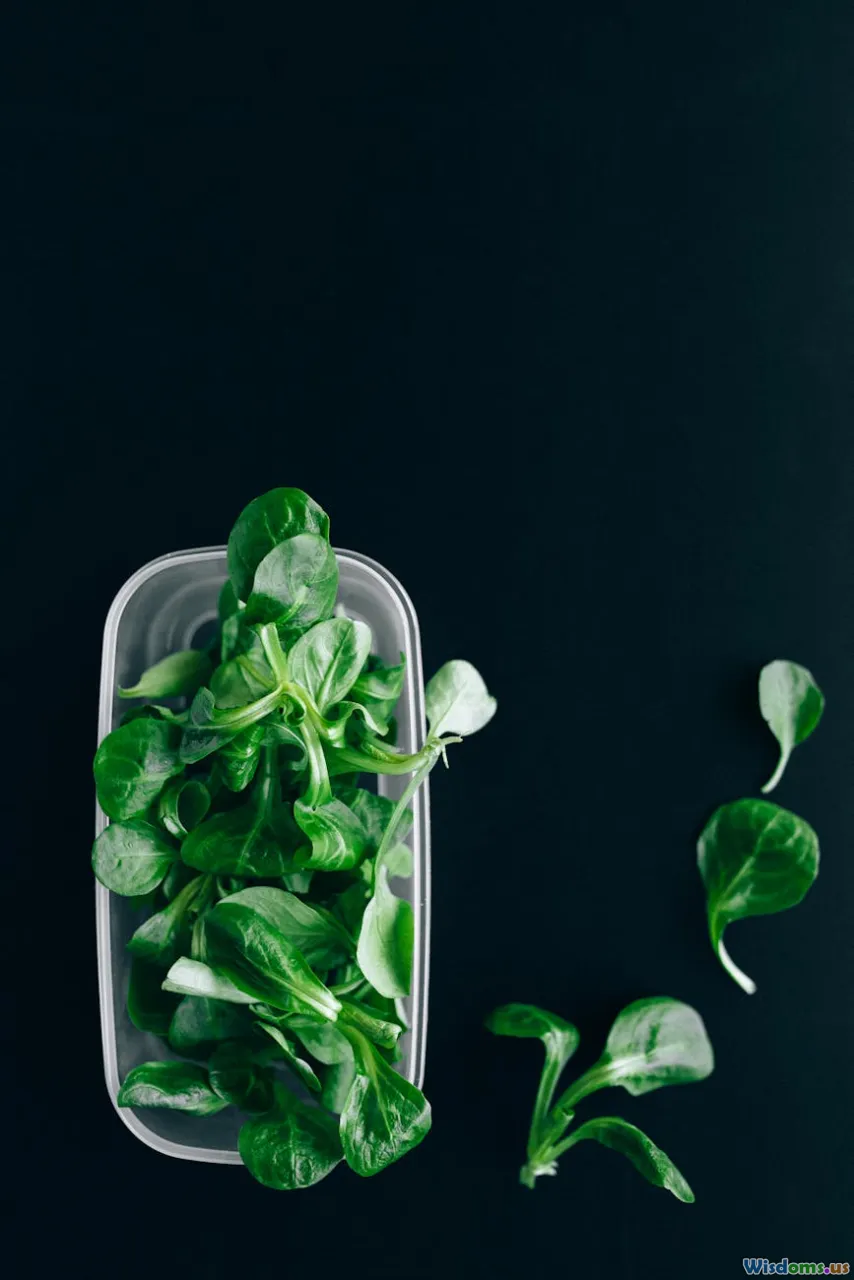
Why not just seal your greens in an airtight bag? The answer is the subtleties of gas exchange. Without some oxygen, respiration becomes anaerobic, leading to off-odors, sliminess, and rapid spoilage—think of that unmistakable smell when you open a sealed bag that's been in the fridge too long.
Modern research recommends using containers that allow modest airflow. Pierce small holes in a zip-top bag or invest in vented produce containers. Curious home cooks have even tried poking needle holes in plastic wrap; the science supports these DIY methods as they help maintain a balance of oxygen and carbon dioxide, slowing down degradation without tipping into anaerobic territory.
An often-overlooked trick inspired by commercial MAP technology is storing greens with a slice of a carrot or a dry paper towel in the container. The carrot absorbs excess moisture while gently offsetting carbon dioxide increases—a tiny, practical hack with outsized benefits.
Temperature Control: The Fridge Isn't One-Size-Fits-All

Every type of green prefers a particular temperature zone. Delicate herbs such as basil are notoriously chill-sensitive; they develop blackened leaves below 50°F (10°C). Meanwhile, robust greens like kale or romaine thrive in cooler environments.
The crisper drawer—often equipped with adjustable humidity slots—is designed as the fridge’s most humid area for a reason. Store cut greens here, but avoid overcrowding. Too many leaves packed tightly trap moisture, inviting microbial activity. If possible, keep each type of green in its own container to prevent ethylene-sensitive leaves—like spinach or arugula—from exposure to gas-releasing produce like apples or avocados, which can hasten spoilage.
Temperature stability is also vital. Fluctuations, like those caused by frequent fridge opening, can condense water on greens and accelerate decay. According to a consumer study by the American Society of Horticultural Science, simply placing greens farther from the door, where temperatures are most stable, can boost shelf life by 15% or more.
Washing and Prepping: Timing Really Matters
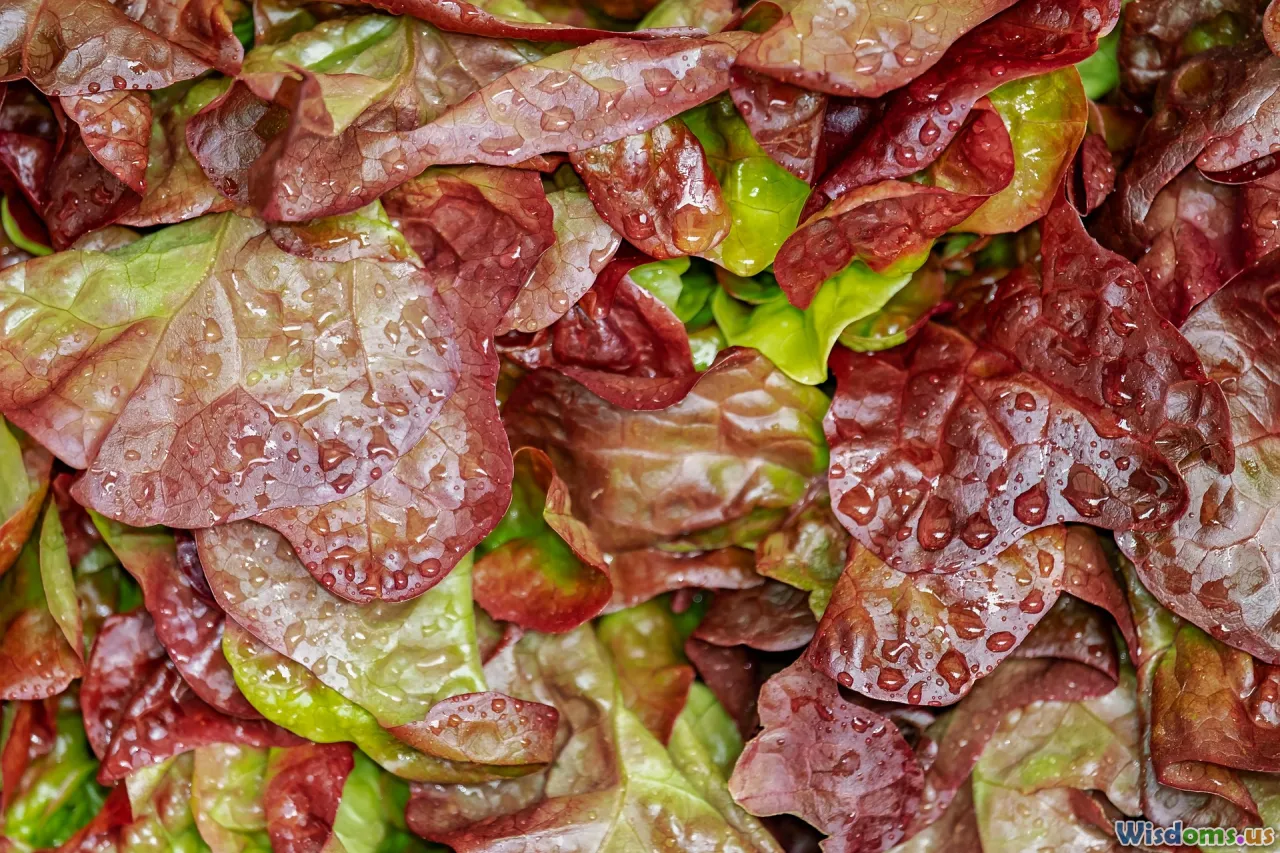
The urge to prep a whole week of salads in one go is strong, but is it a recipe for rapid spoilage?
Washing salad greens removes surface dirt and microorganisms, but it comes with a catch. Wetting leaves increases their respiration and exposes them to airborne and waterborne bacteria. That’s why commercial processors use cold, chlorinated water to both clean and slow microbial growth, then dry leaves almost to perfection.
For home kitchens, wash leaves under cool water and dry them thoroughly with a spinner or a clean kitchen towel before storage. If prepping for the week, prioritize drying—dampness is the enemy of longevity. Some home cooks report getting nearly double the shelf life by simply adding a final towel pat before putting greens in the fridge.
When greens are to be used immediately in meal prepping (such as making a large tossed salad or spring rolls), store the prepared items in airtight containers with a dry layer of towel at the base to capture excess moisture leaching from the greens. Replace this towel if it gets soggy after a couple of days.
Clever Storage Methods Tested and Compared

Which is better: perforated plastic bags, glass jars, reusable silicone pouches, or purpose-built produce boxes?
- Perforated Bags: Fast and inexpensive. They allow for airflow and, when combined with a paper towel, can keep greens bright for a week or longer.
- Glass Jars: Trendy and non-reactive, glass jars are excellent for chopped hearty greens (like kale or shredded cabbage); but tender leaves may bruise from compression.
- Silicone Pouches: Durable and eco-friendly. Though less breathable, adding a small cotton square inside can balance moisture and extend freshness by up to five days, according to tests by Good Housekeeping Institute.
- Produce Boxes with Raised Grates: Top-tier for longevity. These boxes create a stable airflow under the greens, reducing both compression and the chance for standing water.
Experimentation at home is advised: factors like your fridge's climate and the types of greens used will affect the optimal technique. Keeping notes on what works best for your household can turn a week of limp romaine into 10 days of crunchy, flavorful salads.
Ethylene Gas: The Silent Spoiler

Ethylene is a naturally occurring plant hormone—essential to ripening fruit, but devastating to tender greens. Apples, bananas, and avocados all release ethylene gas, which signals greens like spinach, arugula, or mesclun mixes to prematurely age and spoil.
Avoid storing greens near these fruits, whether in the fridge or a kitchen counter basket. A 2021 study in Postharvest Biology and Technology discovered that spinach stored within 4 inches of an apple ripened and broke down up to 40% faster than spinach kept in a separate compartment. The solution is both simple and transformative: create designated storage zones for produce, and use filters or perforated produce drawers that can help dissipate ethylene.
Some companies now offer ethylene-absorbing packets designed to sit inside vegetable drawers; home testing finds they can add two to three extra days to leafy greens’ shelf lives, particularly inside sealed containers.
How Cutting Methods Affect Shelf Life
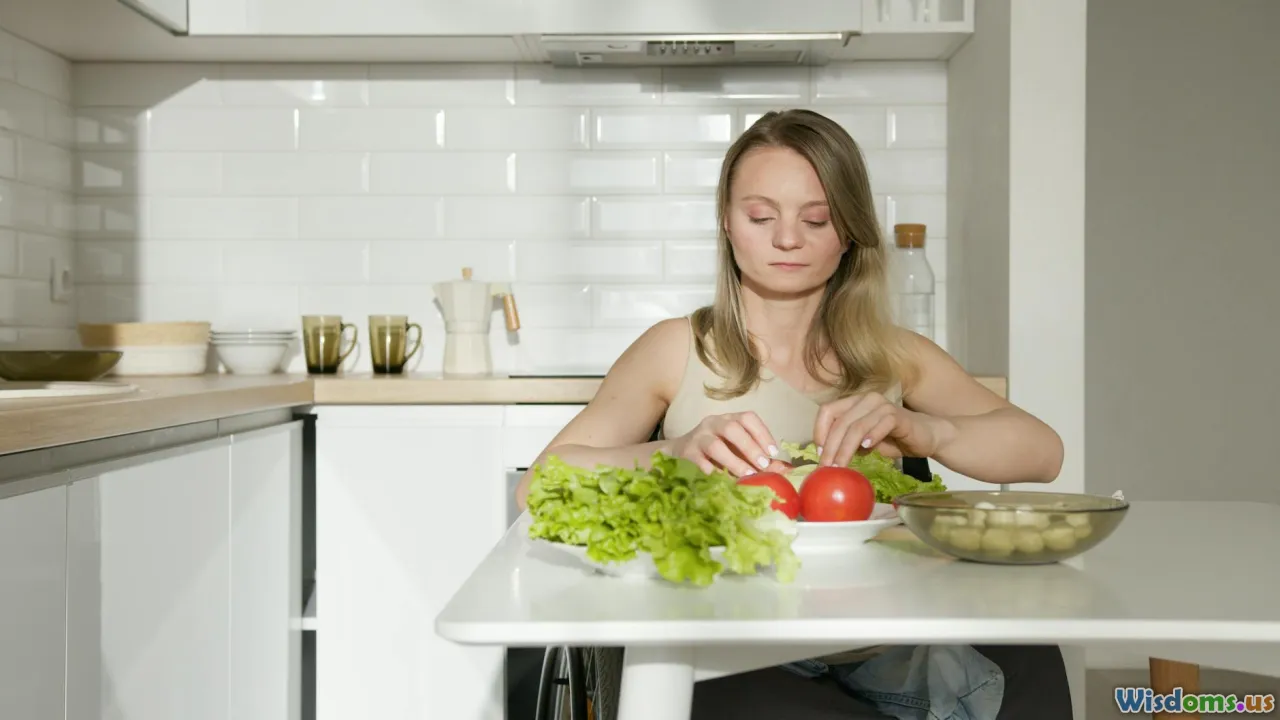
A lesser-known factor in green longevity is how you cut them. Slicing greens with dull blades bruises their cells, hastening enzymatic browning and spoilage. Torn or mangled edges release more cell fluids, becoming magnets for bacteria.
Professional kitchens use sharp, thin knives or salad-specific shears. A quick example: when romaine is chopped with a sharp chef’s knife versus torn by hand, the latter’s jagged cell edges attract moisture; scientific tests record a 25% higher incidence of rot within three days.
Consider prepping salad greens as close to serving as possible, especially for delicate varieties like butter lettuce. For heartier greens, use the cleanest, sharpest knife you own, and avoid mincing or crushing.
Antimicrobial Rinses and Their Effects

Many home cooks swear by rinsing greens with vinegar or lemon water to “kill germs and keep them fresh.” But does it help?
Food safety experts agree that a brief acidulated rinse (one part vinegar to three parts water) can reduce surface bacteria and some pathogens. However, commercial studies suggest there’s a trade off: residual acidity may subtly damage leaf tissues, making them more vulnerable to wilting over the long haul. If employing acid rinses, always follow with thorough cold water rinsing and critical drying.
According to the USDA, chlorinated water baths (like those used by processors) improve shelf life by 1–3 days compared to standard water rinses. While these aren’t practical at home, extending cold water rinses with a pinch of salt can give slight antimicrobial benefits without tissue damage, a technique used in some culinary schools.
Smart Shopping: Starting With the Freshest Greens
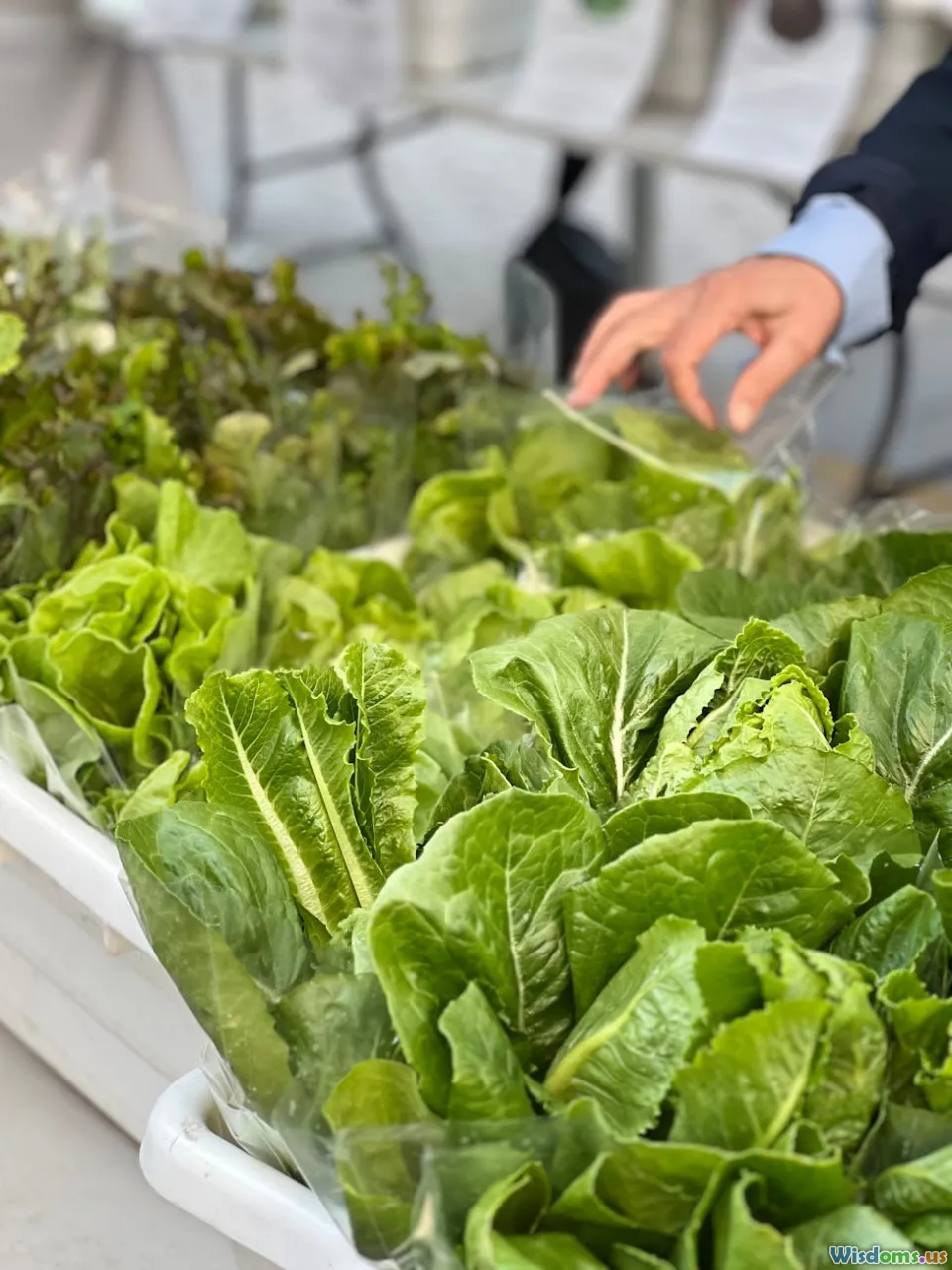
No storage hack can rescue severely wilted, yellowing greens. Strategic selection at the market remains essential. Study the base of romaine heads, looking for crisp outer leaves and minimal browning. Avoid bags with visible condensation or darkened leaf patches.
Seek out farmers’ markets, where greens are often cut hours earlier, preserving more vitamin K and C and boasting stronger cell turgidity. On average, local greens last 2–3 days longer post-purchase according to research from Cornell University. Finally, ask vendors about varieties bred for shelf life; many hybrid lettuces, such as 'Salvius' or 'Salanova,' maintain crunch nearly twice as long as heirlooms, making them an excellent investment for weekly salad enthusiasts.
Maintaining Nutritional Integrity: Preserving Vitamins and Flavor
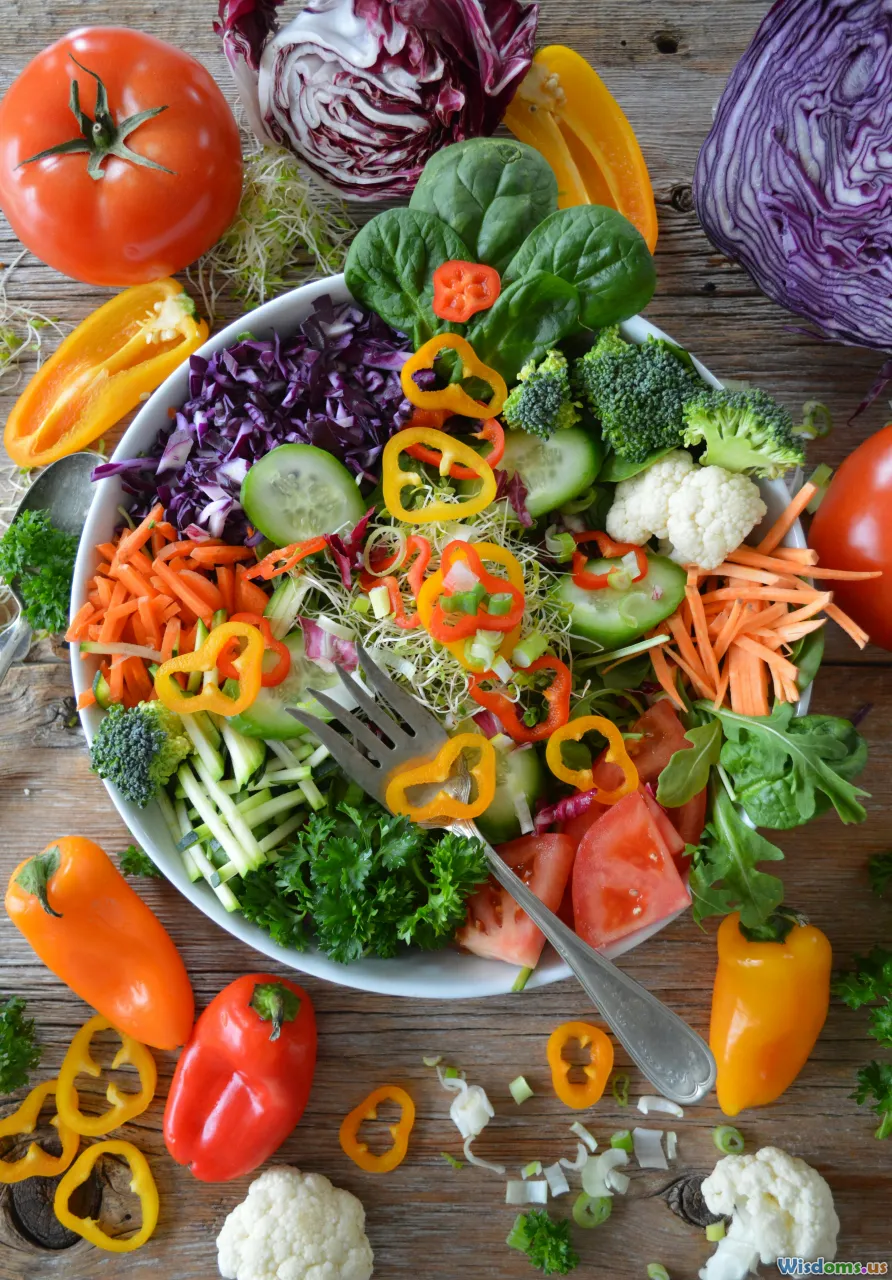
Freshness isn’t just about texture—it’s also the key to greens' nutritional benefits. Vitamin C, folate, and antioxidants are particularly delicate, declining with every hour post-harvest, especially with temperature or airiness missteps.
Light exposure further triggers nutrient degradation. Use opaque containers when practical, and store greens away from fridge bulbs. Adding a squeeze of lemon juice right before serving can not only punch up flavor but research shows it slightly slows the loss of vitamins.
Batch-prepping salads? Consider storing greens and dressings separately, mixing only just before eating. Acids in vinaigrette break down cell walls over time, causing sogginess and leaching vitamins.
Keeping prepped greens fresh longer isn’t just about luck; it’s a dance of biology, chemistry, and smart technique. With a scientific approach—managing moisture, temperature, airflow, ethylene gas, and gentleness in prep—even an urban kitchen can achieve farmstand freshness for days or weeks. Unlock the satisfaction of crisp, nutrient-rich might in your next salad bowl by wielding these tools of edible science.
Rate the Post
User Reviews
Popular Posts



















